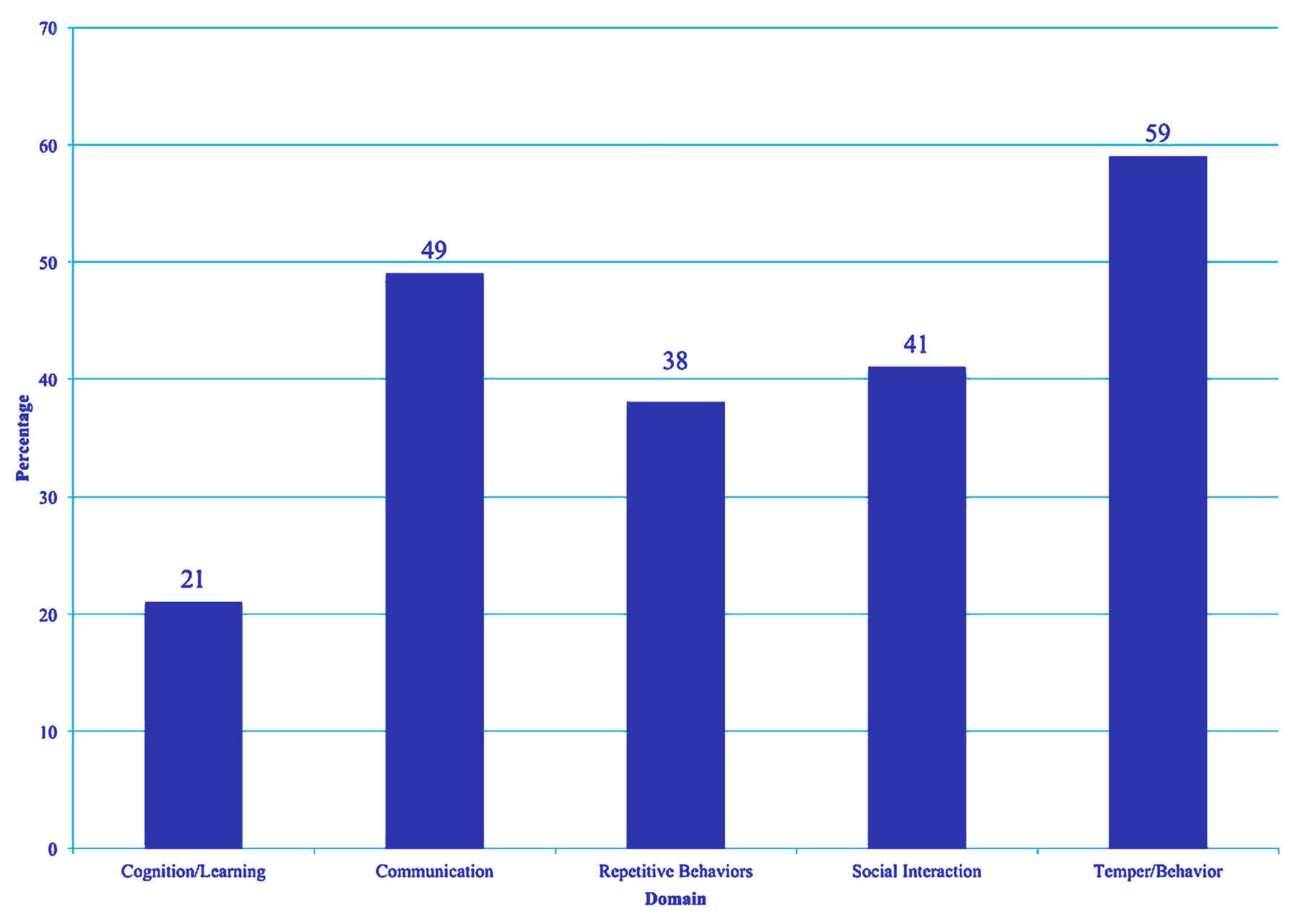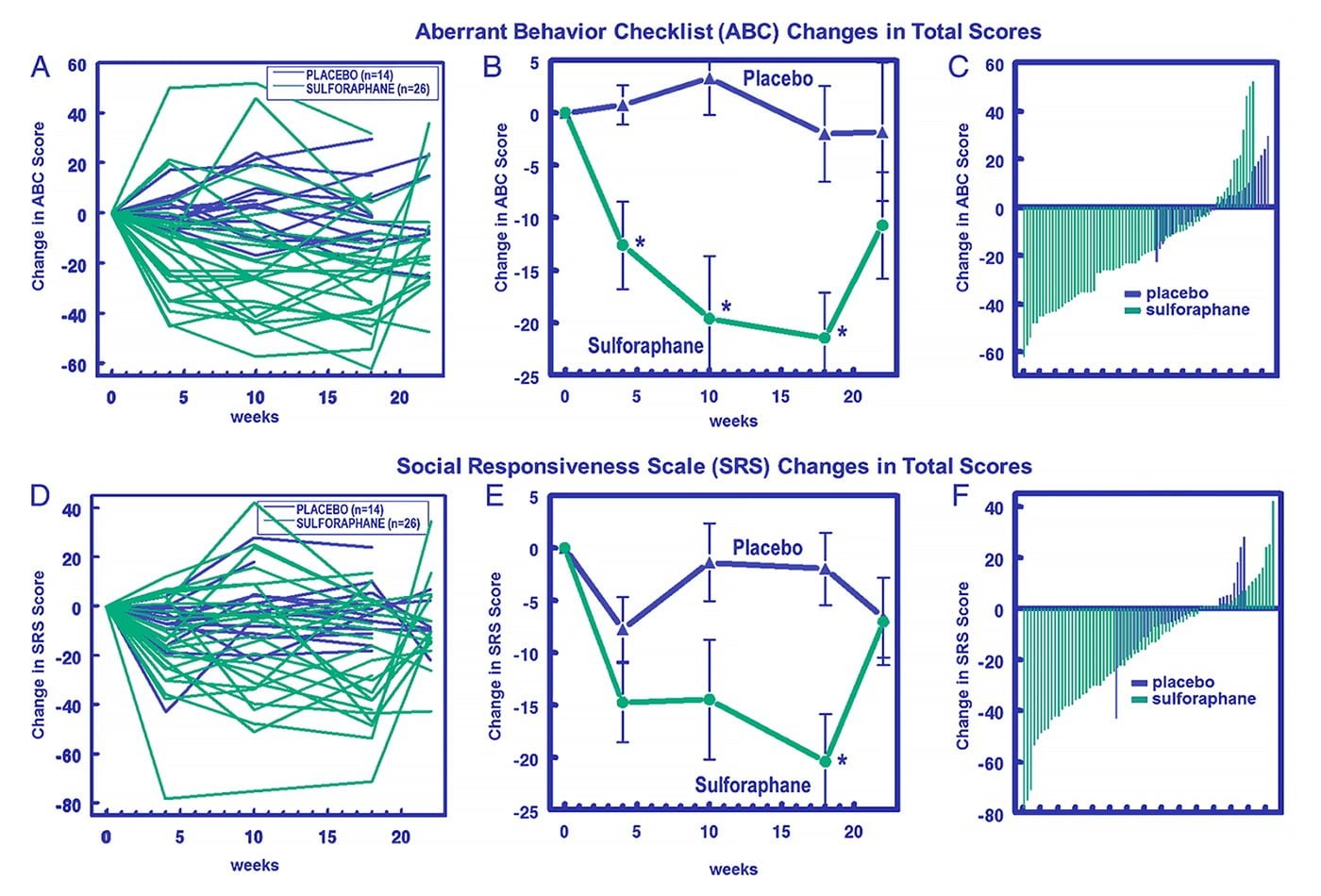I am lying on the couch wrapped in a plush blanket, with a cup of warm tea with honey. I have bronchitis, an ear infection, and a sore throat. Martin is sitting here next to me, also sick with the same nasty virus.
Besides feeling awful physically, I am strangely quite happy—even though the weather is grey, cold, and wet, which typically affects my mood, and I have been under a lot of stress lately as well.
As it happens I came across some research on what is known as the fever effect.
Fever effect
According to a small study from 2017, as much as 83.33% of autistics experience what is known as the fever effect.[1]Behaviors associated with fever in children with autism spectrum disorders It means that when we are sick and our temperature rises, some of our autistic symptoms resolve, only to return when we feel better.
Researchers have wondered about the so-called “fever effect” since at least 1980, when a viral infection swept through a therapeutic nursery for children with autism at Bellevue Psychiatric Hospital in New York.[2]Why Do Autistic Children…?
Hospital staff reported that the children were more social, alert, and talkative while feverish. When their fevers faded, so did those behavioral improvements.[3]The fever effect: A curious phenomenon in autism
As one mother described it, her child’s fevers provide a glimpse into what her child might be like without autism.[4]The fever effect: A curious phenomenon in autism
Note that the fever effect is not exclusive to autism, but is also experienced by non-autistics and possibly even animals. It’s just that the fever effect was first observed among autistics, presumably because the increase in sociability in a condition that is characterized by a lack of sociability, and the decrease of other (seemingly) autistic symptoms were more readily apparent.
Fever improvements
One study from 2017 with a sample of 2,152 children indicated that 362 autistic children (17%) reported improvements across a range of domains during fever, including cognition, communication, repetitive behaviors, social interaction, and behavior.[5]Children with autism spectrum disorder who improve with fever: Insights from the Simons Simplex Collection In the diagram below you can see the percentage of those that reported improvement by domain.

The study also indicated that the children who were reported improvements during fever had significantly lower non-verbal cognitive skills and language levels, and more repetitive behaviors.[6]Children with autism spectrum disorder who improve with fever: Insights from the Simons Simplex Collection
It’s not known why the fever effect appears to be more common in children with significant repetitive behaviors and other symptoms. One possibility is that those children may have brain differences that make them susceptible to the fever effect, but the researchers of the study also indicated:[7]Children with autism spectrum disorder who improve with fever: Insights from the Simons Simplex Collection
It is possible that behavioral changes during fever are simply more easily noticeable in children who have more prominent repetitive behaviors.
It should also be noted that the researchers found that behavioral improvements during fever did not depend on how tired children appeared to be when ill.[8]Behaviors associated with fever in children with autism spectrum disorders
Mechanism
Possible explanations for the fever effect include:[9]The fever effect: A curious phenomenon in autism
- Changes to the action of cells in the brain’s hypothalamus.[10]Director’s column: Fever’s promising puzzle
- The release of glutamine or taurine.[11]Simplifying study of fever’s dramatic relief of autistic behavior
- So-called heat shock proteins produced during fever to protect cells from damage.[12]The Heat-Shock Proteins[13]Heat shock proteins as cellular lifeguards
It may also be the case that the fever effect increases sociability among other things as a way to promote help-seeking behavior.
Treatment
Since then, research studies have been conducted to see if the fever effect can be used as a treatment for people with autism.
Obviously making people purposely sick would be unethical, so researchers instead use sulforaphane—a chemical derived from cruciferous vegetables such as broccoli, Brussels sprouts, and cabbages[14]Broccoli compound eases autism symptoms by mimicking a child’s fever[15]Broccoli sprouts: An exceptionally rich source of inducers of enzymes that protect against chemical carcinogens—which mimics the metabolic effects of a fever.
The research has been optimistic in that greater than 50% of autistics respond positively to treatment,[16]Initial outcomes from an autism treatment demonstration with one report indicating a 56% response rate at week 30, in a trial where 125 mg of broccoli seed powder was taken 3–8 times a day depending on weight.[17]Sulforaphane for autism? Maybe
Sulforaphane reduces irritability, stimming, and echolalia. Some autistics become more social; expressing affection and wanting to engage with their caregivers.[18]Children with autism spectrum disorder who improve with fever: Insights from the Simons Simplex Collection
Improvements
In a study from 2014 involving an 18-week trial of 44 young autistic men, those receiving 50–150 µmol of daily sulforaphane had significantly greater improvement on the Aberrant Behavior Checklist (ABC), the Social Responsiveness Scale (SRS), and some improvements on the Ohio Autism Clinical Impression Scale (OACIS), which is a symptom-specific version of the Clinical Global Impressions (CGI) scale.[19]Sulforaphane treatment of autism spectrum disorder (ASD)
Among participants randomized to sulforaphane, significant improvements were observed in particular at week 4, 10, and 18, for irritability, lethargy, stereotypy, and hyperactivity subscales of the ABC, and in awareness, communication, motivation, and mannerism subscales of the SRS. See the changes in ABC and SRS scores over time in the diagrams below.[20]Sulforaphane treatment of autism spectrum disorder (ASD)

So there is quite an impressive array of potential improvements in autistic symptoms when taking sulforaphane daily. Unfortunately, there is a relapse of scores toward pretreatment levels after 4 weeks of discontinuation of the treatment, so you will have to keep taking sulforaphane to maintain those improvements.[21]Sulforaphane treatment of autism spectrum disorder (ASD)
In an open-label study from 2018 of children and young adults in a school for autism, 12 weeks of sulforaphane also lead to improvements—less so on the ABC (showing a 7.1 points improvement from 17.4 to 3.2), but particularly on the SRS (a 9.7 points improvement from 18.7 to 0.8).[22]Identification of urinary metabolites that correlate with clinical improvements in children with autism treated with sulforaphane from broccoli
77 urinary metabolites were identified that were correlated with changes in symptoms, which clustered into pathways of oxidative stress, amino acid/gut microbiome, neurotransmitters, hormones, and sphingomyelin metabolism.[23]Identification of urinary metabolites that correlate with clinical improvements in children with autism treated with sulforaphane from broccoli
Final remarks
Although the research has focused more on autistic children with lower non-verbal cognitive skills and language levels, and more repetitive behaviours, the fever effect is an interesting phenomenon that seems to have merit when it comes to alleviating autistic symptoms in general, whether it’s due to actual fever, taking sulforaphane, or a different avenue yet to be explored.
Either way, you better eat your broccoli from now on!*
- Or not. While the trial involving taking broccoli seed powder showed quite positive results overall, the most common side effects reported were insomnia (28%), vomiting (19%), flatulence (17%), diarrhea (15%), and constipation (13%). A few patients have dropped out because of insomnia and diarrhea; more have dropped out because they simply didn’t want to take the pills with broccoli seed powder.[24]Sulforaphane for autism? Maybe
Comments
Let us know what you think!